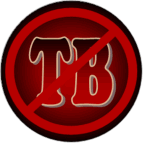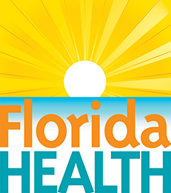It's a New Day in Public Health.
The Florida Department of Health works to protect, promote, and improve the health of all people in Florida through integrated state, county, and community efforts.
Tuberculosis (TB)
Florida Department of Health in Pinellas County, Tuberculosis Control

The purpose of the Tuberculosis Control Program is to:
- Identify and treat to cure all active cases of TB
- Identify and test (also treat if indicated) all individuals exposed to an active TB case
- Conduct TB surveillance activities
- Provide education on TB disease
- What Is Tuberculosis?
- What Are the Symptoms of TB?
- Who can get TB?
Tuberculosis (TB) is an air-borne disease that can be spread when someone who is infectious coughs, sneezes, laughs, or sings. Tuberculosis usually affects the lungs but can present in almost any part of the body and is then referred to as extra-pulmonary disease. Close contacts can become infected, but it usually requires prolonged exposure from six to eight hours/day for a period of four to six weeks. Other factors like poor air circulation or lack of fresh air allow the bacteria to collect in greater concentrations thus increasing the chance of infection.
General symptoms may include feeling weak or sick, weight loss, fever, and/or night sweats. Symptoms of TB of the lungs may include cough, chest pain, and/or coughing up blood. Other symptoms depend on the particular part of the body that is affected.
Anyone can get TB, but some people are at higher risk. Those at higher risk include:
- People who share the same breathing space (such as family members, friends, co-workers) with someone who has TB disease
- Homeless people
- Foreign-born people from countries where a lot of people have TB
- Nursing home residents
- Prisoners
- Alcoholics and intravenous drug users (IVDUs)
- People with medical conditions such as diabetes, certain types of cancers, and being underweight
- People with HIV infection (the virus that causes AIDS)
Additional Information




Connect with DOH